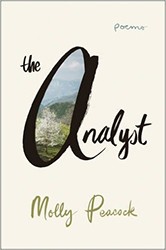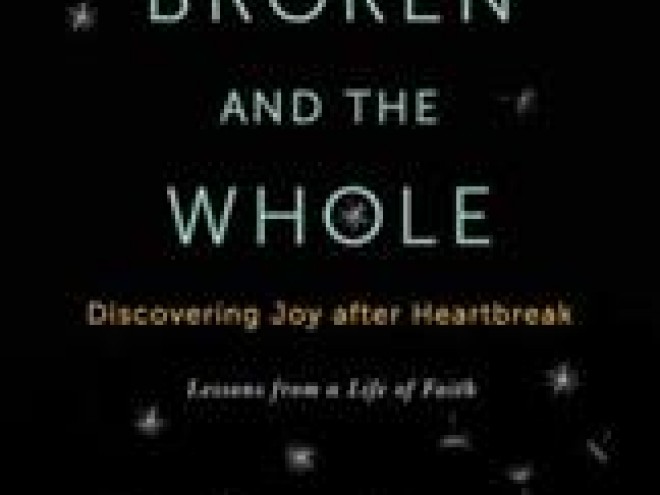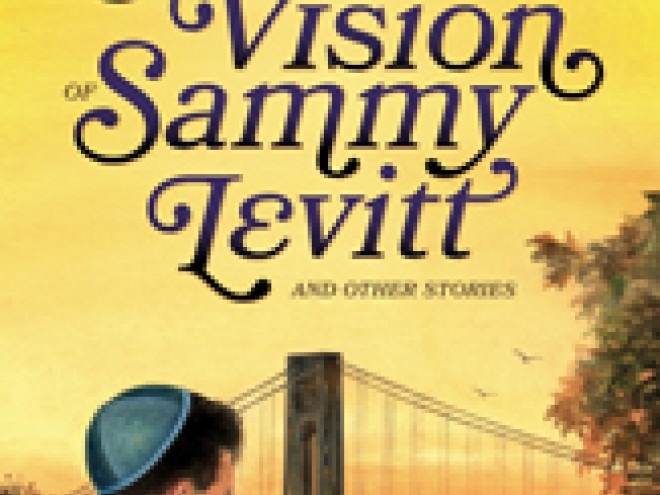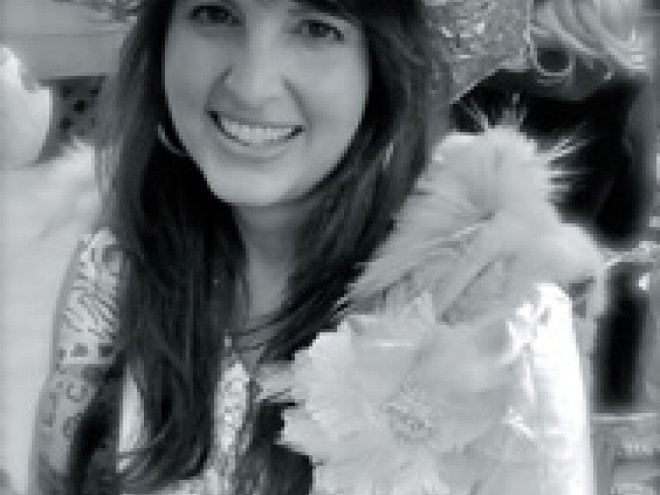
Earlier this week, poet Molly Peacock reflected the courage behind the encouragement she received, her upbringing in a Jewish neighborhood as an Irish Protestant, and how the story of a boy who saved himself from the Nazi gas chambers with a mop stayed with her through adulthood. With the release of her collection The Analyst this week, Molly is guest blogging for the Jewish Book Council all week as part of the Visiting Scribe series here on The ProsenPeople.
I am a goyishe lady, almost 70. After 38 years of being in analysis (not all at once! In spates, sometimes long, sometimes short, of intensity over the years,) I am no longer a patient. Yet now I have to be patient with my former analyst, Joan Stein, now 82. We have embarked on a new relationship. It’s a bit like a watercolor of the old relationship. The paintbrush (and the mop) are still saving our lives.
After those watercolors began appearing on her walls about 25 years ago, Joan Stein reduced her practice to four days a week. On Fridays she took painting classes in the studios at the 92 St. YMHA on Lexington Avenue. Her watercolors were often portraits of people. It was people who engaged her, not landscapes or objects. Faces, postures. Like the face of her father that she painted as a very young woman at Radcliffe. What had once been rejected resurfaced. Her talent was waiting, just as she so patiently once waited for me, hour after hour, to slowly come to feel what I felt when I felt it, not after the feeling had hardened cold.
Doctors rescued Joan, even as she, the analyst, rescued me. But in both our lives something else, so health-giving and so essential to survival, was at work. After her stroke, Joan lost a great deal of language, and most of her ability to read. She even had to re-learn to use a key to unlock her apartment. Of course she had to abandon her practice.
But she did not lose her capacity to paint. That part of her brain worked — and it began to work to save her life. After she returned from the hospital, she began to paint. The art she had turned away from began to restore her life. She couldn’t any longer paint faces, so she began painting other living things: flowers.
When people talk about the “vision” of a poet, they’re really talking about imagery. It’s the images a poet creates that amount to what we name a poets’ “vision.” I don’t think of myself as a visionary, but I often wake up with images, and I try to write poems from this hypnogogic state. Occasionally I wake up with this image: a mop in filthy water in a bucket on a concrete floor. After visiting my analyst, whose living room that once served as her therapy room is now a watercolor studio, I wake up with another image: a watercolor brush dips in almost musical motion into water, into paint, onto paper… Another image materializes, brilliant and glowing.
“If I couldn’t paint, I wouldn’t want to live,” Joan tells me, on each of my pilgrimages to visit her, and in each of our stay-in-touch phone calls. She is saving her own life by picking up the brush. I mean the mop. I mean the brush.
Joan watched me as I reintegrated all the parts of my life. She watched the repair over decades. And now I have the privilege of watching the woman who helped with every artistic decision of my life put her own life in her hands as she takes up that brush, every day. Several of the poems in The Analyst take place in small museums we have visited in our new, rather strange, post-stroke, post-analytical relationship. I barely know what to call her in the last poem in the book, where we are watching three monks make a sand painting at The Asia Society in New York. Here the poet steps in to query the monks:
“…Excuse me, my friend is
recovering from an accident. She’s a …
painter. May we ask you some questions?”
(Have I introduced you, my former analyst,as my painter-friend?) You point with your cane<
to the mandala-in-sand…When they’re done,
they’ll brush it all away. You can’t believe it.
Nothing stays (including the memory you’ve lost).
What lasts? The pattern the monks havememorized. Their burnt-down temple re-
turns as this circular core.
Only when
something’s over can its shape materialize.
Molly Peacock is the author of six previous collections of poetry, including The Second Blush and Cornucopia: New and Selected Poems. Her poems are included in The Oxford Book of American Poetry and appear in leading literary journals internationally. President Emerita of the Poetry Society of America, she co-created Poetry in Motion, a program of placards on subways and buses. Awarded fellowships from the Ingram Merrill, Woodrow Wilson, and Leon Levy Foundations, the National Endowment for the Arts, and the Canada Council for the Arts, Peacock is also author of a biography, The Paper Garden: Mrs. Delany Begins Her Life’s Work at 72, and a memoir, Paradise, Piece by Piece. She is based in Toronto and New York.



